#wildlife: usa
Text

A young American alligator (Alligator mississippiensis) rides on the back of its mother in Brazos Bend State Park, Texas, USA
by Rick Dunlap
#american alligator#alligators#crocodilians#reptiles#alligator mississippiensis#alligator#alligatoridae#crocodilia#reptilia#chordata#wildlife: texas#wildlife: usa#wildlife: north america
25K notes
·
View notes
Text
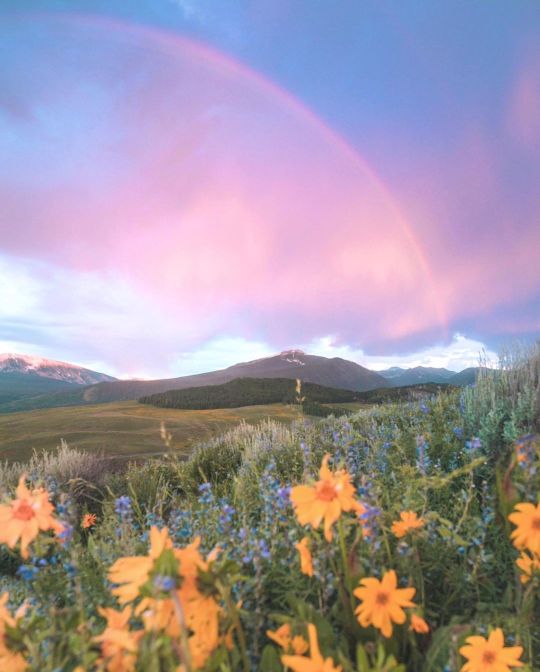



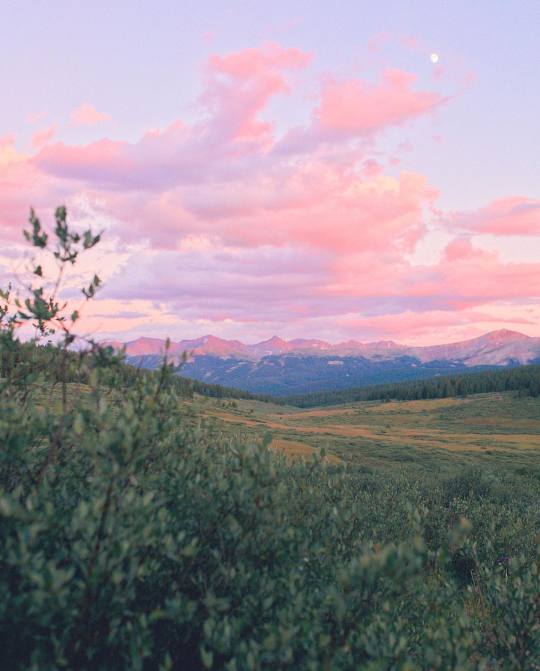
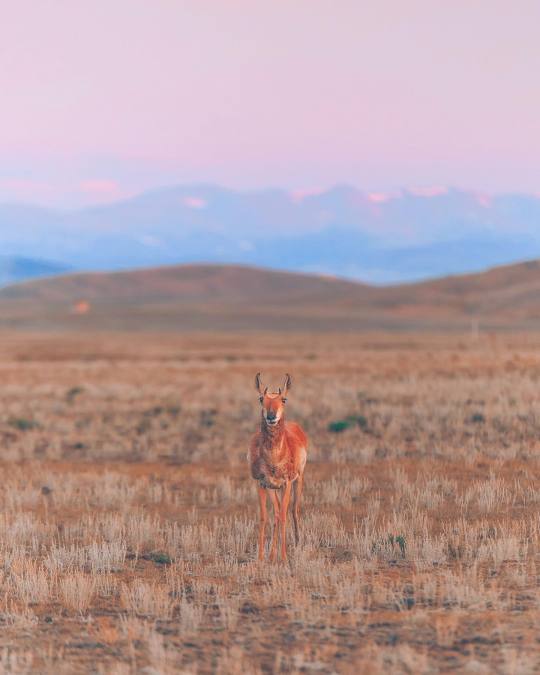
Colorado colors
emilie.hofferber
1K notes
·
View notes
Text
World’s Largest Wildlife Crossing is Going Up So Animals Can Walk Safely Over 8 Lanes of L.A. Traffic https://www.goodnewsnetwork.org/worlds-largest-wildlife-crossing-is-being-erected-over-8-lanes-of-la-traffic/
#good! more!#good news#environmentalism#science#environment#nature#animals#usa#los angeles#wildlife#animal protection
207 notes
·
View notes
Text

🐺🍂 Credit: Gary Schultz
#wolves#wolf#nature photography#canis lupus#wildlife#wild animals#amazing#animals#grey wolf#beautiful#autumn leaves#amazing colors#landsacape#scenery#usa#fall season#pretty colors
2K notes
·
View notes
Text
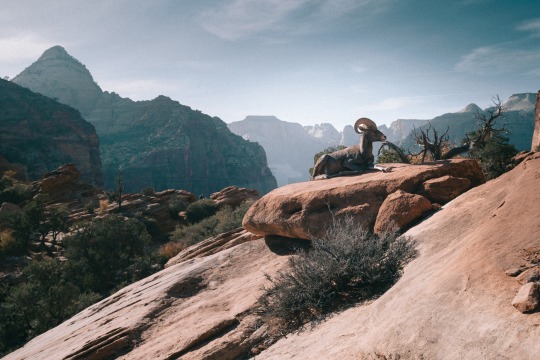
Good morning Zion
#Zion#zion national park#usa#usa national parks#usa road trip#photographers on tumblr#photography#fujifilm#travel#curators on tumblr#landscape#nature#fujifilm xt3#ram#wildlife
91 notes
·
View notes
Photo

The Florida panther is the last population of pumas (cougars) surviving in the eastern US. Nearly extinct, with fewer than 20 remaining in recent decades, the species has rebounded to nearly 200 today.
Photograph: Carlton Ward Jr - Vital Impacts
#extinction#usa#panther#wildlife#photography#good news#animals#Lensblr#Aesthetic#Camera#Curators on tumblr#Nature#Peace#Travel#cute#fauna#cute animals#wildlifephotography#peace photography
425 notes
·
View notes
Text
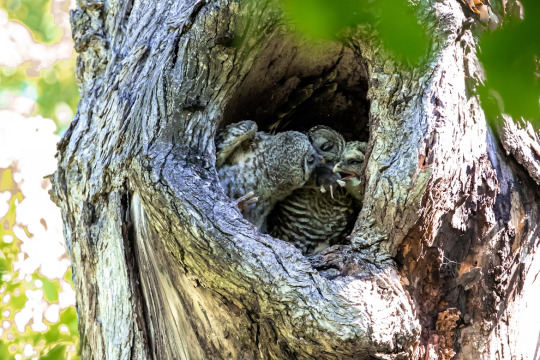

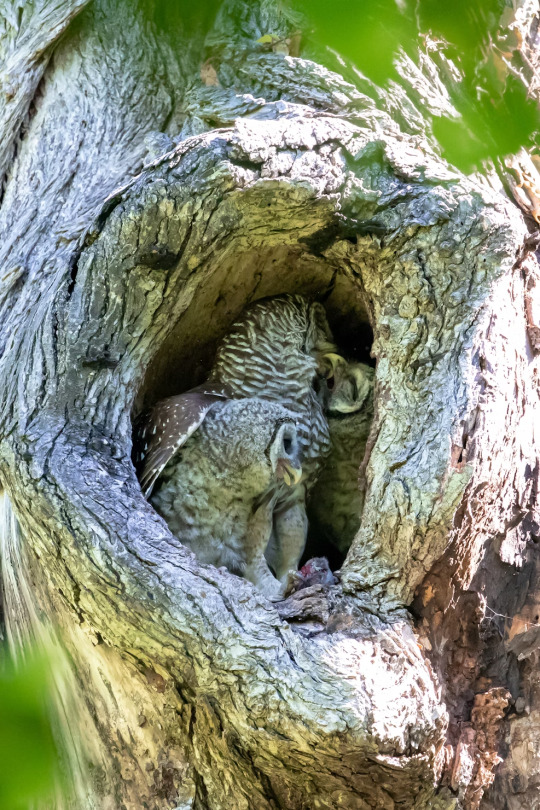

Barred Owls in Colleyville Nature Center, Colleyville, Texas, United States
Stephanie LeBlanc
The barred owl, also known as the northern barred owl, striped owl or, more informally, hoot owl or eight-hooter owl, is a North American large species of owl.
Conservation status: Least Concern (Population increasing)
Scientific name: Strix varia
Mass: 1.4 – 1.8 lbs
Class: Aves
Domain: Eukaryota
Family: Strigidae
Genus: Strix
Habitat: Woodlands, wooded river bottoms, and wooded swamps. Favors mostly dense and thick woods with only scattered clearing, especially in low-lying and swampy areas. Most common in deciduous or mixed woods in southeast, but in north and northwest may be found in mature coniferous trees.
Diet: Typically a perch hunter, the barred owl is an opportunistic feeder that takes a variety of small mammals including rodents, young hares, bats, mink, weasels, squirrels, birds and even large insects. Where available, eats lizards, snakes, frogs, salamanders, and crawfish.
#Colleyville Nature Center#Colleyville#Texas#United States#USA#US#TXWildlife#Owls#Owl#Barred Owls#Birds#Bird#Wildlife#North America#United States of America
41 notes
·
View notes
Text
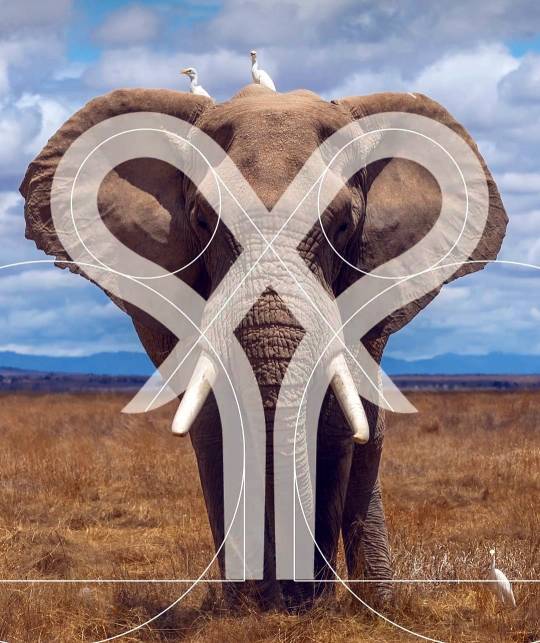
Elephant logo - lineart style ☆☆☆
Get your unique & creative logo 👇
#elephant#monoline#logo design#lineart#illustration#artists on tumblr#vector#uiux#consulting services#africa#wildlife#breath of the wild#wild animals#minimal#clean#modern#investor#company#usa#california
55 notes
·
View notes
Text
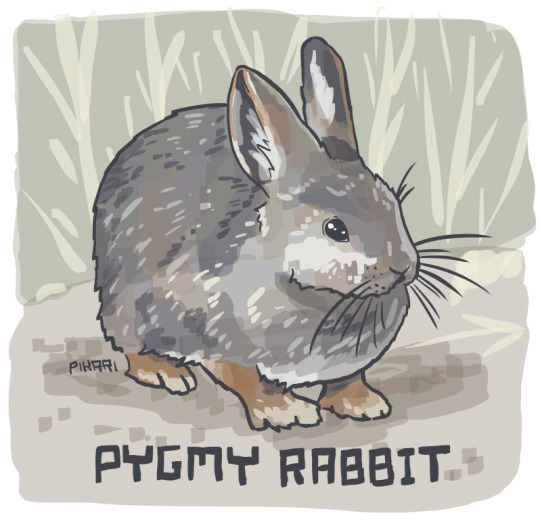
These aren't the sagebrush you are looking for... Yes! The Super Cute mind control works every time. All mine!
Pygmy Rabbit (Brachylagus idahoensis)
Western USA
Status: Endangered in Washington state
Threats: loss of habitat, fires
---
Read more in Rebecca Wisent’s piece on tiny bunny conservation!
---
support me on ko-fi || newsletter
46 notes
·
View notes
Text

An Eastern coachwhip (Masticophis flagellum flagellum) in Georgia, USA
by Noah K. Fields
#eastern coachwhip#coachwhip#colubrids#snakes#reptiles#masticophis flagellum#masticophis#colubridae#serpentes#squamata#reptilia#chordata#wildlife: georgia#wildlife: usa#wildlife: north america
2K notes
·
View notes
Text

#IFTTT#Flickr#birds#usa#composition#preening#lovely#stare#smallheron#waterfowl#fotograzio#feathers#legs#beak#feet#beautiful#florida#animal#littleblueheron#blue#colorful#waynestevengrazio#largebirds#waynegrazio#perch#bird#heron#colors#animals#wildlife
38 notes
·
View notes
Text

Bald Eagle. Colorado, USA.
📸 Shaun Wilsey Photography
#Shaun Wilsey Photography#Bald Eagle#Bald Eagles#Birds in Flight#Bird#Birds#BIF#Eagle#Eagles#Wildlife#Colorado#USA
42 notes
·
View notes
Text
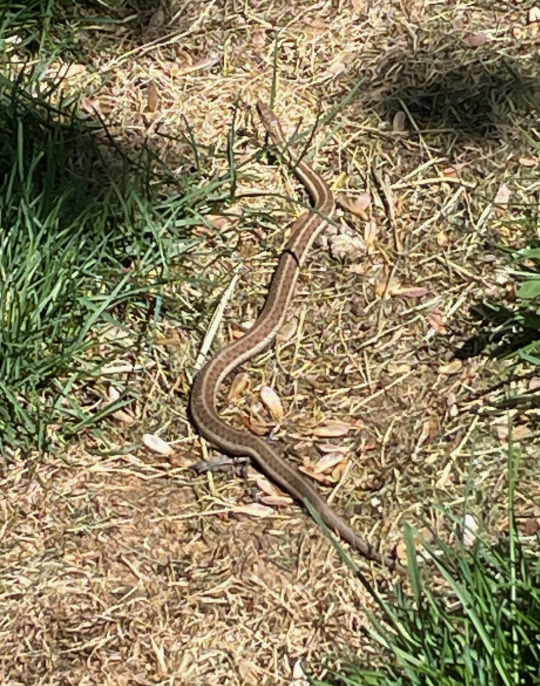
Despite the blurriness, I was happy to catch a pic of this snake I found sunning itself when I walked the dog this morning. It's hard to get a clearer image while making sure my pup didn't notice this beautiful little guy. It didn't move a bit, certain in its stick disguise under a small tree. Hard to judge sizes from a distance, but I'd guess it was around 18 inches (45.72 cm) or maybe a little longer.
From local Ohio snake guides I'm tentatively ID'ing this as a Butler's garter snake, which specialize in eating earthworms and leeches! Solid chance it's an Eastern garter snake instead.
21 notes
·
View notes
Video
Hummingbird feeding its chick by bubble_boy
Via Flickr:
California Fremont Bay Area San Francisco USA East Bay Nature Birds Wildlife Photography Travel Wild Trails ebparksok
#California#Fremont#Bay#Area#San#Francisco#USA#East#Nature#Birds#Wildlife#Photography#Travel#Wild#Trails#ebparksok#flickr
28 notes
·
View notes
Photo

Sage grouse (Centrocercus urophasianus)
Colorado, US
Photograph: Peter Ismert
#colorado#usa#birds#wildlife#nature#animals#snow#Photography#Lensblr#Aesthetic#Camera#Curators on tumblr#Peace#Travel#cute#fauna#cute animals#wildlifephotography#peace photography
508 notes
·
View notes
Text

Osprey in Yellowstone National Park, Montana, USA
Holly Mandarich
Conservation status: Least Concern (Population increasing)
Mass: 3 lbs (Adult)
Scientific name: Pandion haliaetus
Wingspan in feet: 5 1/2 feet
Class: Aves
Domain: Eukaryota
Family: Pandionidae
The osprey, also called sea hawk, river hawk, and fish hawk, is a diurnal, fish-eating bird of prey with a cosmopolitan range. It is a large raptor, reaching more than 60 cm in length and 180 cm across the wings. It is brown on the upperparts and predominantly greyish on the head and underparts.
Ospreys prefer habitats with plenty of shallow water where fish are plentiful. They often built nests on small islands or structures over bodies of water that are difficult for predators to get to. Manmade structures such as power poles and other stable structures are common nesting sites.
The osprey's diet is almost exclusively fish, a unique characteristic among raptors. They are opportunistic about the species of fish they catch, but they can only catch fish swimming within three feet (1 m) of the water's surface. They rarely take fish over 16 inches (40 cm) long.
#Yellowstone National Park#Montana#USA#National Park#MTWildlife#Wildlife#Bird#Birds#Osprey#US#United States#United States of America#North America
42 notes
·
View notes